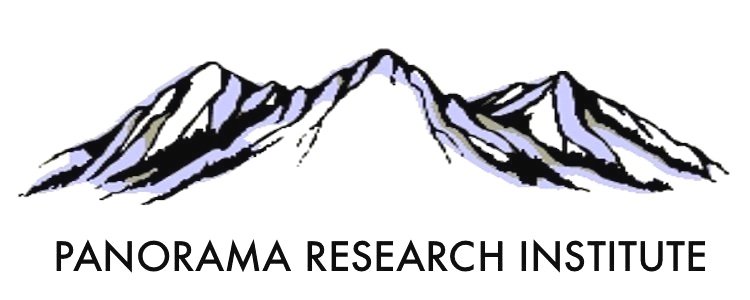Rejuvenating Muscle Stem Cell Function: Restoring Quiescence and Overcoming Senescence
Abstract
Elderly humans gradually lose strength and the capacity to repair skeletal muscle. Skeletal muscle repair requires functional skeletal muscle satellite (or stem) cells (SMSCs) and progenitor cells. Diminished stem cell numbers and increased dysfunction correlate with the observed gradual loss of strength during aging. Recent reports attribute the loss of stem cell numbers and function to either increased entry into a presenescent state or the loss of self-renewal capacity due to an inability to maintain quiescence resulting in stem cell exhaustion. Earlier work has shown that exposure to factors from blood of young animals and other treatments could restore SMSC function. However, cells in the presenescent state are refractory to the beneficial effects of being transplanted into a young environment. Entry into the presenescent state results from loss of autophagy, leading to increased ROS and epigenetic modification at the CDKN2A locus due to decreased H2Aub, upregulating cell senescence biomarker p16ink4a. However, the presenescent SMSCs can be rejuvenated by agents that stimulate autophagy, such as the mTOR inhibitor rapamycin. Autophagy plays a critical role in SMSC homeostasis. These results have implications for the development of senolytic therapies that attempt to destroy p16ink4a expressing cells, since such therapies would also destroy a reservoir of potentially rescuable regenerative stem cells. Other work suggests that in humans, loss of SMSC self-renewal capacity is primarily due to decreased expression of sprouty1. DNA hypomethylation at the SPRY1 gene locus downregulates sprouty1, causing inability to maintain quiescence and eventual exhaustion of the stem cell population. A unifying hypothesis posits that in aging humans, first loss of quiescence occurs, depleting the stem cell population, but that remaining SMSCs are increasingly subject to presenescence in the very old.
